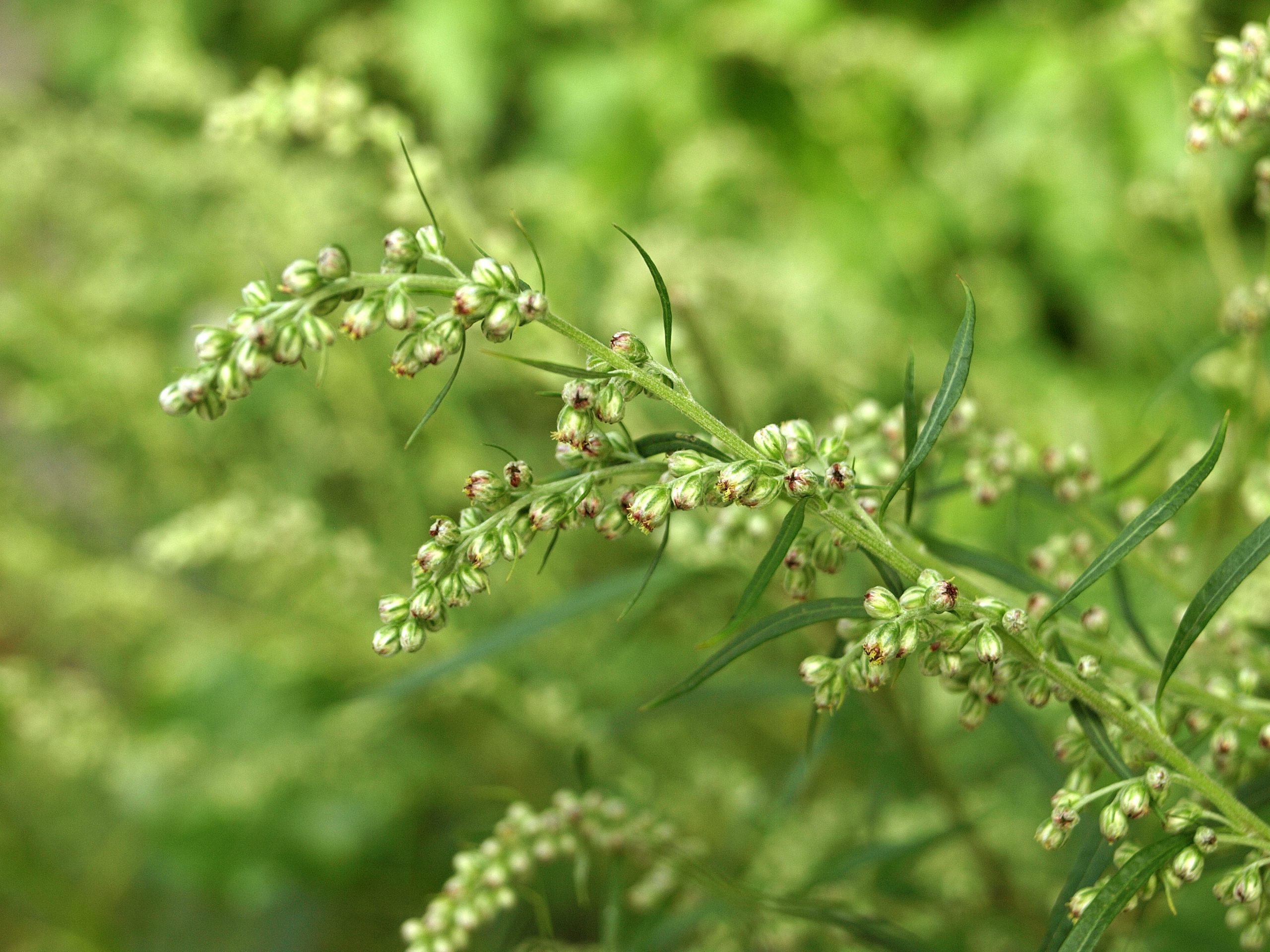Mugwort
Mugwort (Artemisia vulgaris) reaches a height of up to 2 meters. The lanceolate, pinnate leaves grow on a brown-red, angular stem.
The upper side of the leaf is dark green, the underside grayish white and felt-like hairy. Reddish or yellowish-green flower heads are arranged in a bunch-like manner and are located along the branches.
Family and collection time
Mugwort belongs to the daisy family.
Parts of the plant used: Leaves, shoots, flower buds
Collection time in detail:
- Leaves: April and May
- Shoots: April and May
- Flower buds: June
Healing effect and application
Mugwort is appetizing and digestive. The bitter substances support the pancreas in the production of digestive juices.
Ingredients: (selection)
- Bitters
- Essential oils
Application in the kitchen (recipes)
Use as a spice, the bitter substances contained ensure that fatty and heavy dishes more digestible and easier to digest.
Be careful when using during pregnancy: the mugwort can have labor-inducing effects!
References:
Beiser, Rudi: Our edible wild plants. Kosmos Nature Guide 2018
Bühring, Ursel: Praxis-Lehrbuch der modernen Heilpflanzenkunde; Grundlagen – Anwendung – Therapie. Sonntag Publishing House Stuttgart 2005
Pahlow, M. Pharmacist: Medicinal Plants. Bechtermünz Publishing House Augsburg 2001
Schneider, Christine: Finding wild herbs. Ulmer Publishing House Stuttgart 2017

